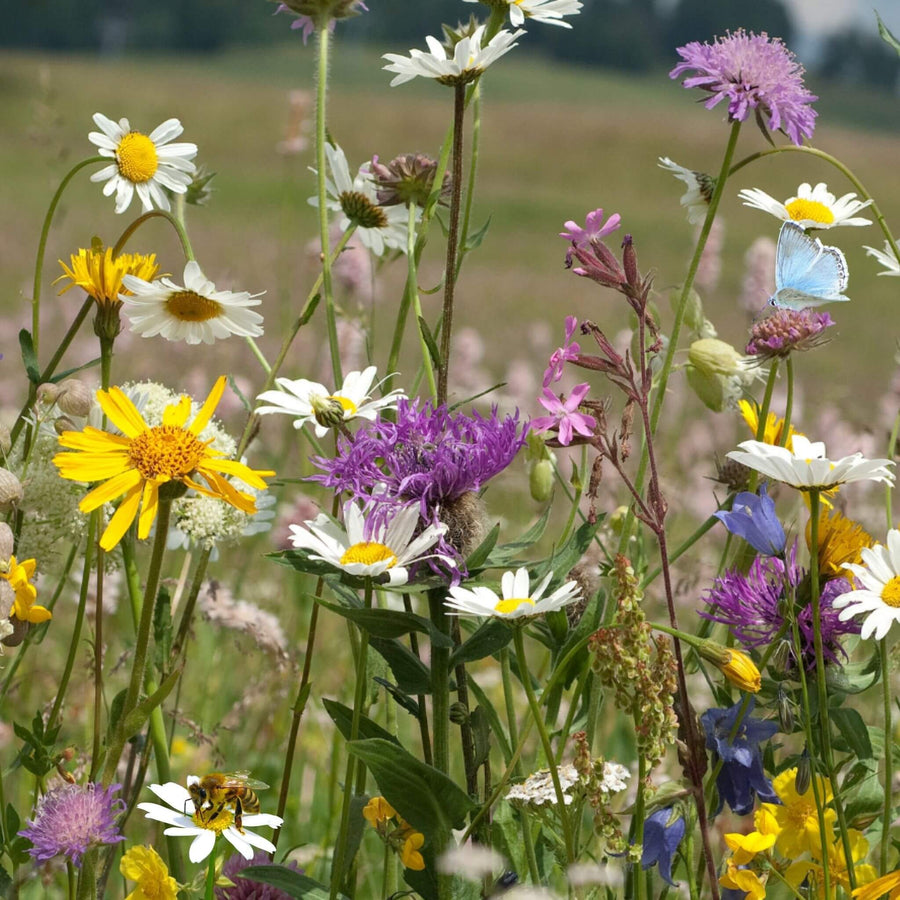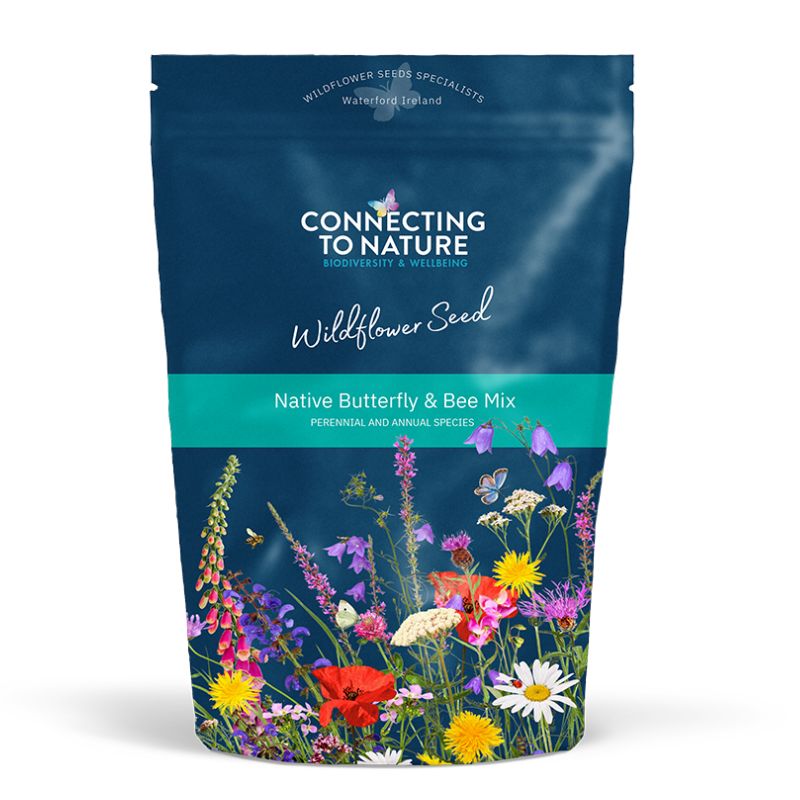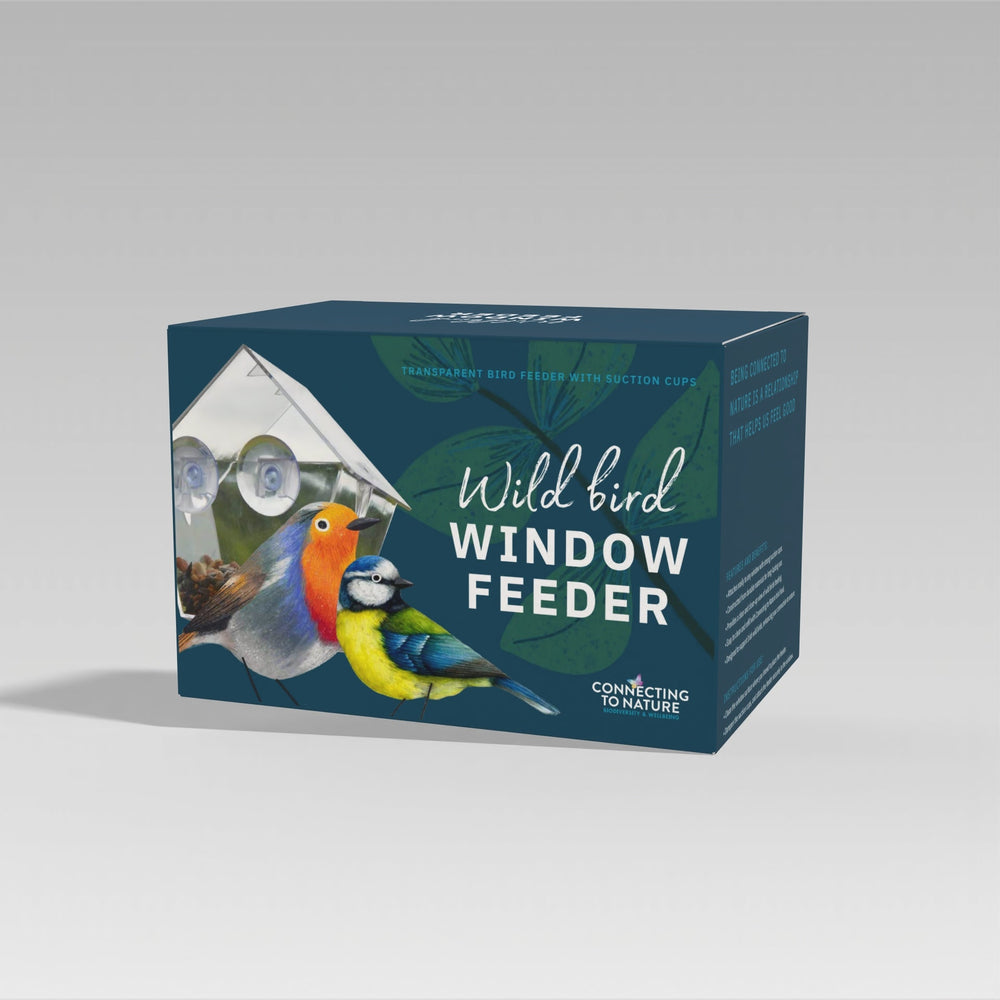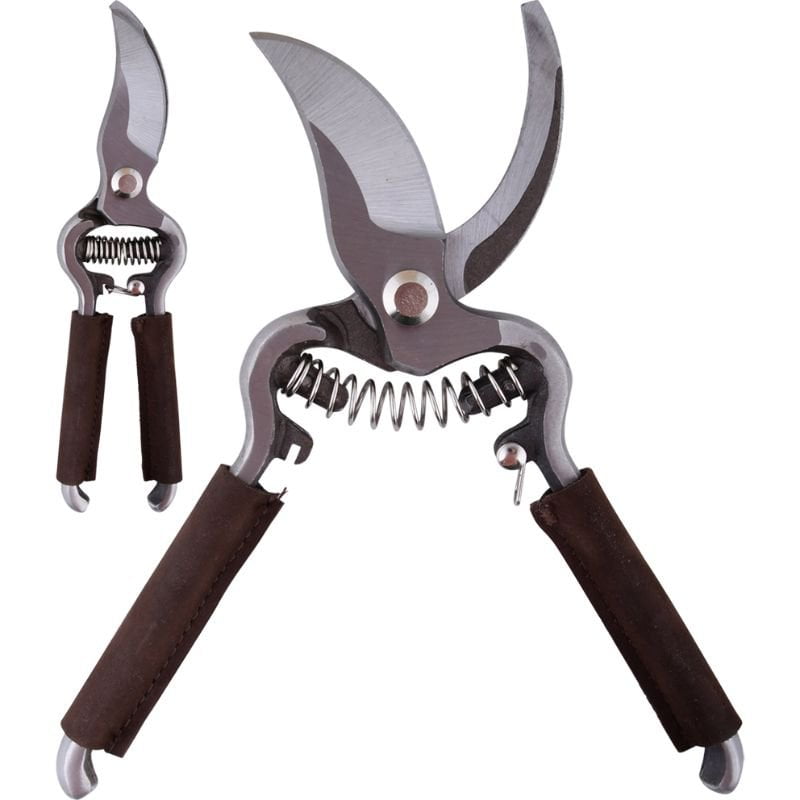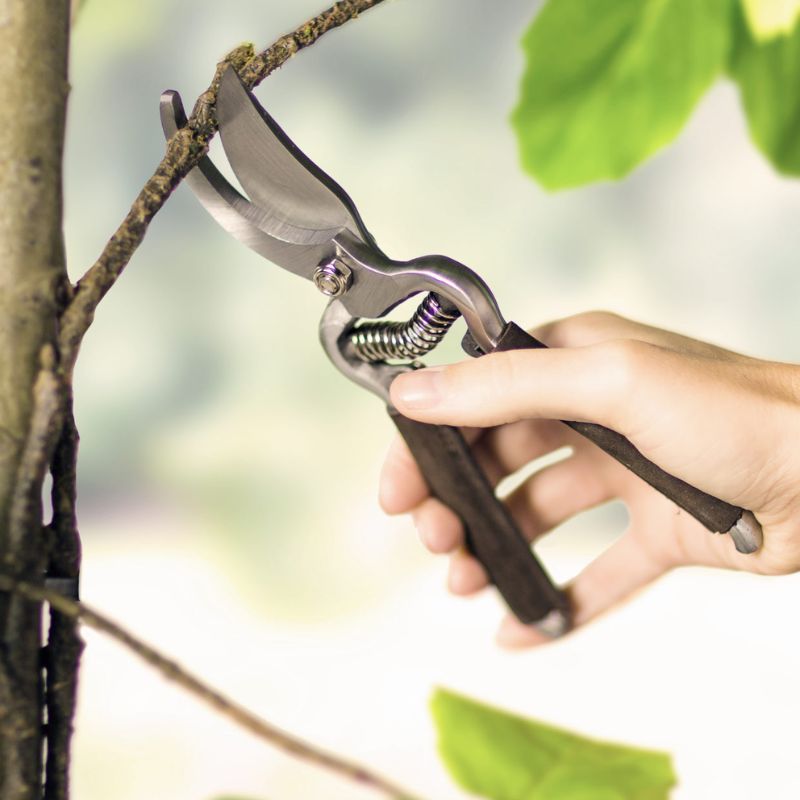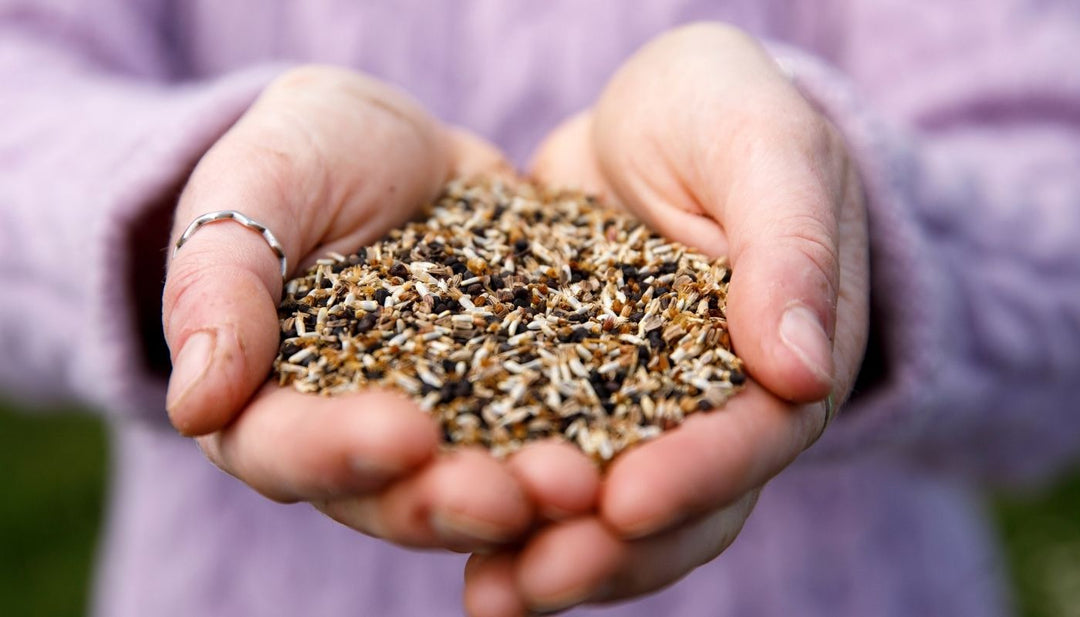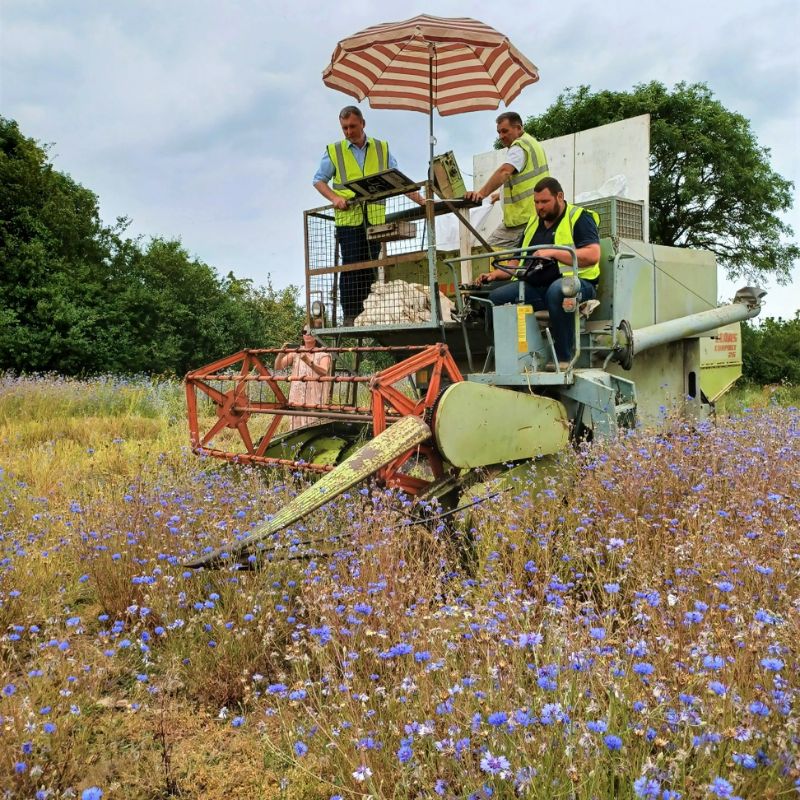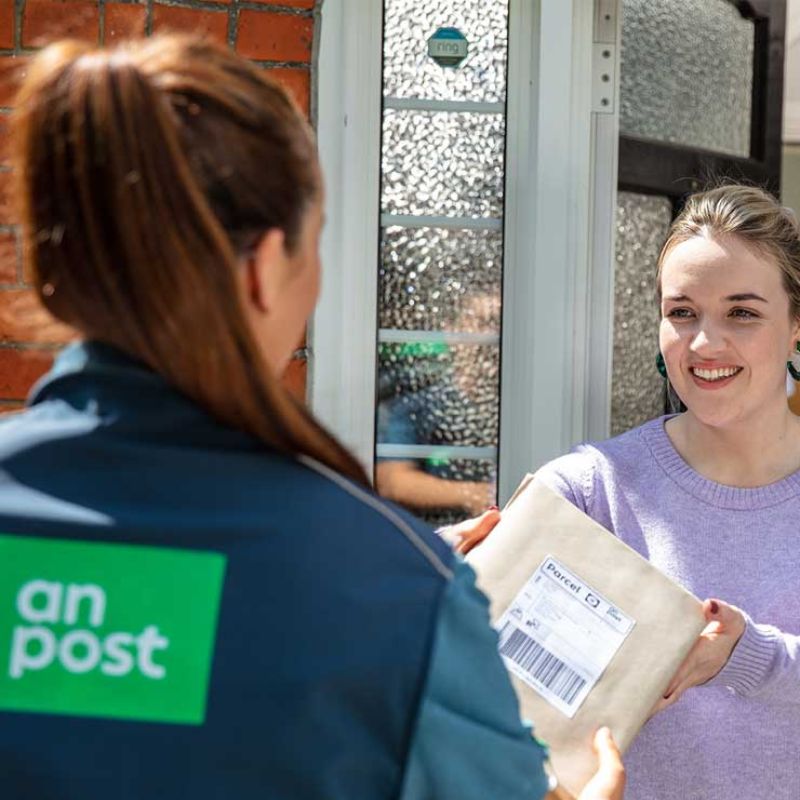Why do birds fly into windows, and how to prevent it?
Watching our garden birds from the window is a simple pleasure in many of our lives and a lovely way to feel connected to nature.
But, it’s always startling to hear a sudden knock on the window, especially when you know something has collided headfirst into the glass. Sometimes the bird is only stunned and will make a full recovery; other times, it may need a helping hand.
For some of us, it might seem odd that a bird would make this mistake, considering they are so intelligent about natural predators and obstacles in their environment and have excellent navigation skills.
Thankfully, there are things you can do to reduce the danger your home’s windows pose greatly, and if a bird does happen to crash into your window, there’s something we can do to help!
Why do wild birds fly into windows?
Although some birds collide in the heat of a chase, most birds fly into windows due to the reflection created, particularly on bright, sunny days. Birds flying at speed may assume the reflection of the tress and the sky are an extension of the surrounding area and don’t see the window as a hard barrier.
If there is a second window or mirror on the other side of the room, the bird might think there is a clear flight path through.
How to prevent birds from flying into windows?
Thankfully you can help reduce the number of collisions your feathered friends have with your windows. The best way to protect the birds from colliding with your windows is to ensure the glass is visible and make it obvious that your window is not a clear flight path.
There are several simple ways to make your windows more obvious.
- Use decals, stickers, string, paint or tape to create a pattern on the outside of the window, allowing the birds to see it as a barrier. I suggest leaving spaces of 20cm between each pattern or decal as many small garden birds see even the smallest of gaps as passages, creating the patterns on the outside of the glass eliminate the mirror effect.
- Partially close your curtains and shades when you're home and leave them fully closed when you’re away.
- Reposition your bird feeder. Hanging your bird feeder within 3 feet of the window will lessen the chances of birds gaining enough speed to injure themselves if they attempt to fly in that direction. Plus, it means you can continue to enjoy watching them from your home.
- Wind chimes at your window will discourage the birds from flying in that direction. It’s a lovely way to bring some natural music to the garden too.
- Turn the lights off when you leave the room! Not only is it more environmentally friendly and saves money, it also reduces the chances of nocturnal birds getting confused and flying towards the glass.
How do I help a bird that has flown into my window?
While there are many ways to help prevent birds from colliding into windows, there may be the occasional window crash.
If you find a dazed bird, watch it closely before handling it. The collision may have been minor, and the bird might need a minute or two before taking flight.
If the bird appears to need a little longer to recover, move it to a safe place, away from predators like the branch of a tree where it can perch. Examine the bird for apparent injuries, such as a dangling wing.
If the bird is unconscious or thrashing about, it may need additional care. Carefully, pick the bird up and examine it for apparent injuries such as a dangling wing, signs of broken bones or cuts. If the bird appears severely hurt, contact a Wildlife Rehabilitator
If the bird appears to be very dazed and in need of more time to come back around, carefully place the injured bird in a large shoebox with air holes cut out. Put the box with the bird inside somewhere quiet, indoors if the weather is cold. The bird may need to rest in the box from as little as 15 minutes to as long as two hours; during this time, do not open the box or poke the bird, instead listen closely for movements showing signs of recovery. Then release the bird outdoors.
If the bird doesn’t recover, take it to a Wildlife Rehabilitator where its survival will be increased in the hands of a professional.


